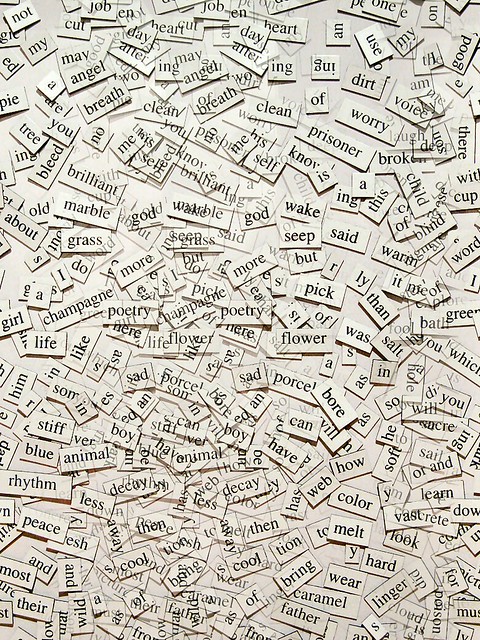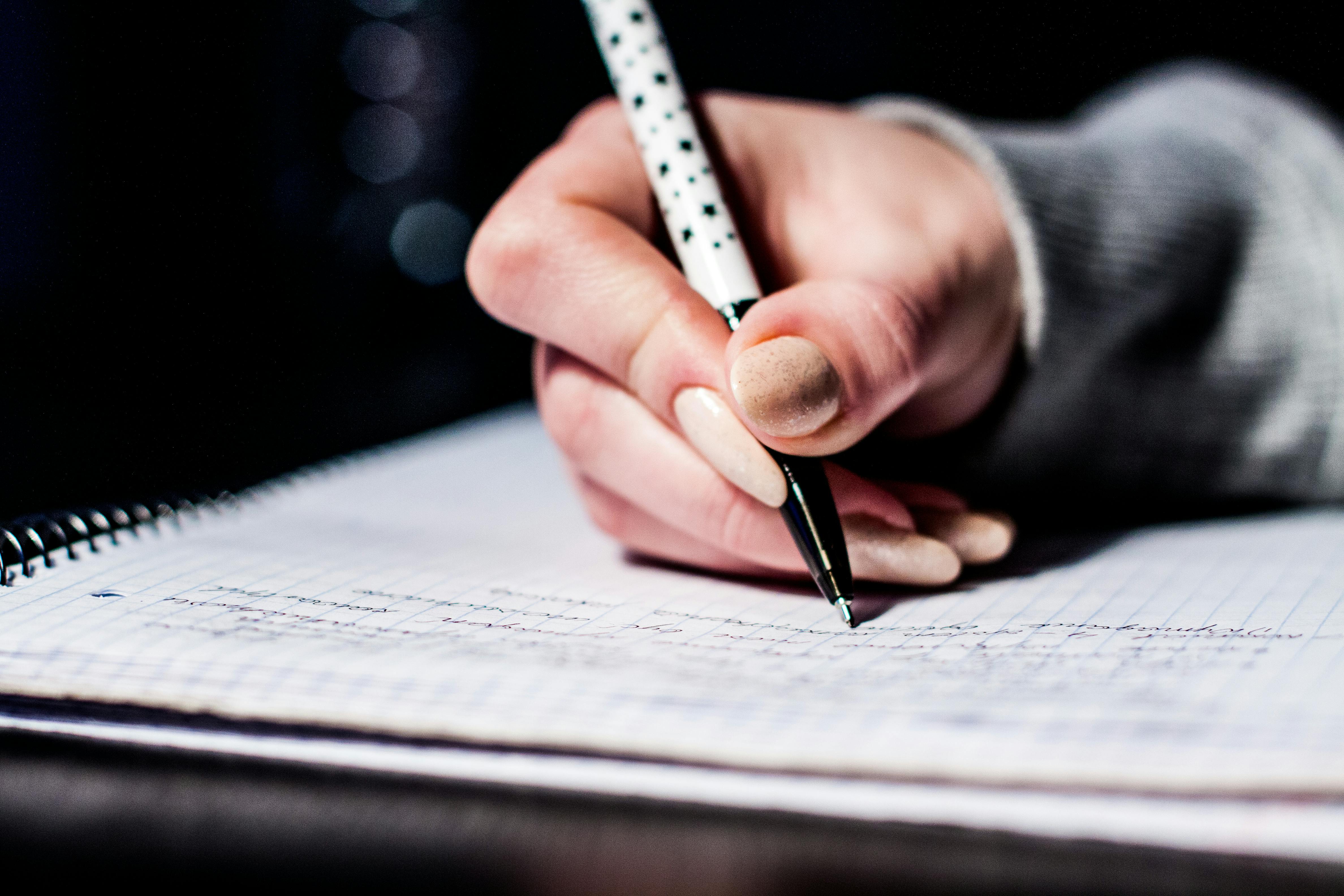In this post I'm going to talk about social media sources that discuss celiacs disease and the gluten-free controversy.
My first source is from a
twitter account.
 |
| Screenshot taken on 09-04-15 |
Credibility
The author of this tweet does not appear to be very credible. I was able to view his twitter feed and uncover that he has over 20,000 tweets with a total of 202 followers since he has joined twitter in December of 2010. Although his page shows no evidence of participation in an organization, all of his recent tweets involve health-related issues. Looking further down his feed it's evident that this account is a personal account. There is no confirmation of his tweets being correct.
Location
The author has no affiliation with any organizations involving celiacs disease. In fact most of his tweets have been unrelated to the topic. He has many tweets involving the use of proteins in our body and involved celiacs disease as a side topic.
Network
Most of his followers consist of random people. I was able to identify one registered nurse but that does not prove his affiliation with anything involving physiology or celiacs disease.
Content
The content of his tweets does not seem to be totally incorrect. I'm sure some credibility can be found. From my prior knowledge of health I can tell that some of his statements aren't incorrect but overall it's obvious he is very opinionated.
Contextual Updates
Rian's other posts are unrelated to celiacs disease. They are mostly about general health assumptions. This includes topics such as veganism, carbohydrates, overuse of protein, etc.
Age
The twitter account was made in December of 2010. The tweet itself was posted September 4, 2015.
Reliability
I would say the source is unreliable. The author does not seem to have any qualifications or expertise in the subject and barely even goes into the subject of celiacs disease but merely posts a side tweet about it.
My next source is an
instagram post from a girl suffering from celiacs disease.
Credibility
Amanda does not belong to any organization involving celiacs disease, she simply suffers from it. The only element of credibility she has is the fact that she has personal experience with the disease.
Location
I was unable to find information on Amanda's location. From her other posts, it can be assumed that she is posting from her hometown where she resides. She is directly related to celiacs disease because she is currently suffering from it.
Network
Since her account is a personal account, there are no accounts that follow her due to the information she shared about having celiacs disease. They mostly consist of her friends and family.
Content
The information she supplies in her post can be corroborated from other people that suffer as she does. She is sharing her experience with the disease through social media. This can be confirmed through other people that share the same experiences as her.
Contextual Updates
Amanda does frequently post about her experience with her disease. This could be anywhere from sarcastic posts about comments or advice she gets from people regarding her struggles to posts about her internal struggles with the disease. The majority of her posts involve something about her daily struggle with a gluten-free diet.
Age
The age of her account is unidentifiable. From her posts, I can infer that she has had her account for at least a couple of months. It is obvious her account is not new.
Reliability
I would not claim her post to be reliable. Although she does have personal experience with a gluten-free she does not contribute any information about the controversy.

















.jpg)